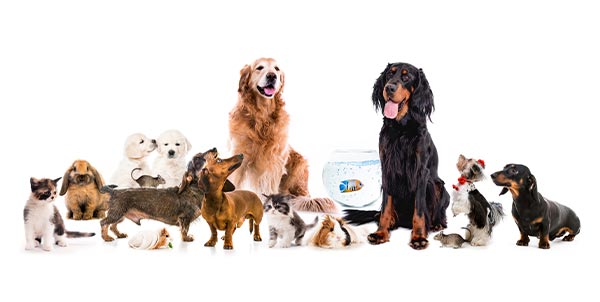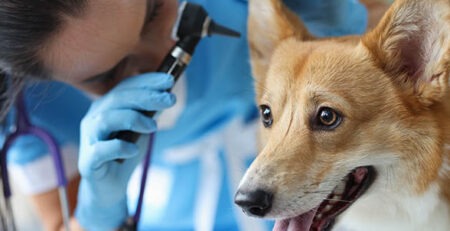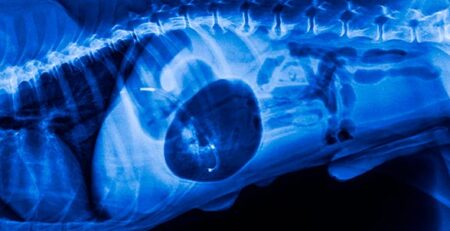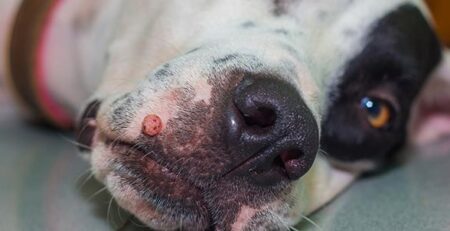In addition to dogs and cats, other animals coexist with us in the home: rodents, birds, fish or amphibians. Heat and the resulting heat stroke, can also be deadly for these unconventional little pets of yours.
Mugginess and heat are an issue of concern: animals feel the high temperatures, but do not have the ability to get rid of the heat through sweat.
For this reason, it is a priority to monitor the condition of household animals, ensuring optimal conditions so that they do not suffer from heat, go into hyperthermia, and are affected by heat stroke.
Wheezing, slow movements, lightheadedness, lethargy, and loss of consciousness are the symptoms that herald heat stroke.
If you encounter any of the behaviors, call your veterinarian immediately.
In order to prevent heat and mugginess from being a lethal mix for house pets that could fall victim to heat stroke, it is important to follow some basic rules that apply to the well-being of all your “housemates.”
-Avoid directly exposing your little friends to the airflow of the air conditioner.
-Assures a constant and pleasant temperature, usually set between 22 and 24 degrees. Enough to ensure a comfortable and relaxed condition
-Always leave fresh water available.
-Monitors their health status continuously
Protect dogs and cats from heat stroke
Overweight dogs and cats and elderly individuals are the ones who suffer the most from heat.
As for the dogs, the so-called brachycephali (Pug, English Bulldog, French Bouledogue, Boxer, Shih Tzu, Pekingese, Boston terrier, Corso) i.e., all those specimens with short heads and flattened snouts, are most at risk as they are already prone by their nature and conformation to airway obstruction.
As for cats, the breeds most at risk in summer are Persians, Exotics, and Himalayans.
Make it comfortable for your dog or cat to stay at home with a few simple steps:
-Position the kennel in the coolest, ventilated and shaded area of the house.
-Confining dogs and cats in unventilated, perpetually sunny rooms is equivalent to leaving them locked in the car.
-Have the foresight to keep the blinds in your home down and close the curtains during the hottest hours of the day.
-Provide to elevate the kennel a few inches above the ground: the absence of direct contact with the floor or ground will facilitate circulation and air exchange.
-Refresh the animal by wiping the neck, head, armpits and groin region with a damp cloth (NEVER USE ICE OR ICE WATER).
-Creates a cool comfort zone. There are cooling mats on the market, specifically for animals, that are puncture-resistant and filled with nontoxic gels; placed under the pillow where the animal sleeps, they keep its body temperature below the critical level.
A “homemade” alternative is the classic ice bag or freezer packs to be filled with water and wrapped in a cloth.
Avoid those filled with chemical coolants: although harmless to humans, the cat or dog might mistake them for a toy, bite them, ingest the contents and poison themselves.
-A bowl or bowls of water should be available at all times. Change the water frequently so as to prevent it from overheating or stagnating. A little trick to keep it fresh is to dip a few ice cubes in it.
-Do not take the dog out for walks during the hottest hours. In addition to heat stroke, the animal may in fact scald its paws on the hot asphalt.
-Carry a water bottle and bowl with you at all times, and if during the walk you notice that the dog is wheezing, panting and walking with difficulty stop immediately and let him rest in a shady place while promptly administering fresh water.
In animals, the coat serves a thermal function: it maintains a constant body temperature.
The hair acts as a filter for the sun’s rays and insulates the skin from external overheating.
Dogs and cats, therefore, ABSOLUTELY SHOULD NOT be shorn.
Protect rodents from heat stroke
Not only cats and dogs: more and more people are choosing rodents as pets.
Italians’ homes are increasingly populated with prairie dogs, guinea pigs, chinchillas, rabbits, hamsters, gerbils, rats, mice, and squirrels.
Small domestic rodents require attention on par with dogs and cats, and not because they are small, they are less demanding.
They too, despite their small size, are prone to heat stroke.
Place the cage in a place sheltered from the sun and ventilated.
Exclude, however, damp places and the kitchen: particularly pungent odors annoy rodents.
Create cool corners around the cage by placing bottles of ice water outside.
While not coming into contact with ice, your rodent friend will feel the coolness and find relief from the mugginess, avoiding heat stroke.
Rodents do not like water and should not be watered at all. NEVER.
Rather moisten your hands and moisten the ears from the hairline to the tip.
Rodent ears are rich in blood vessels and act as thermoregulators: keeping them cool ensures a lowering of body temperature.
The water in bowls and drinking bottles should always be fresh and clean; therefore, it should be changed often throughout the day.
Fresh, water- and vitamin-rich foods supplemented with grass and hay will ensure that your small rodent is properly hydrated.
Therefore, salad (romaine, curly, Belgian), escarole, endive, valerian, cucumbers, zucchini, and tomatoes are welcome.
Protecting birds from heat stroke
Is your Pet a bird? Know that birds disperse heat through vasodilation, but also through another little-known mechanism, the so-called
Golar Flutter
.
This consists of rapid oscillatory movements of the palate and upper throat. Mugginess for our feathered friends can be fought with baths and fresh fruit.
Keep the aviary in the shade-exposure to direct sun could result in sunstroke.
In summer you should clean and disinfect the cage or aviary more frequently than usual.
The warmer climate, in fact, creates favorable conditions for the establishment of harmful germs and bacteria.
Use a vaporizer filled with water to “shower” the bird. Gently wetting his plumage will make him overjoyed.
Set up a tub with room-temperature water for bathing, so that he can cool off whenever he should feel excessively hot.
Don’t let fresh fruit (cantaloupe, oranges, tangerines, cherries, watermelon, strawberries, bananas) go missing, but ALWAYS remove food scraps, which go rancid quickly in hot weather.
Protecting the aquarium from heat stroke
Fish and amphibians that we host in our homes usually come from places where temperatures in summer are generally less torrid than here.
If you have a basement or cellar, move the aquarium or terrarium there.
In these environments, humidity and temperatures are more congenial to the living habits of fish and amphibians.
Alternatively, use aquarium fans or ventilators.
Equipped with suction cups or clamps, they are anchored to the pool edge with the function of cooling the water surface and lowering the temperature by a few degrees.
Unplug and remove the thermostat; you can reactivate it between September and October.
In the summer months, in fact, the water temperature in an apartment aquarium is well above 27-28 degrees.
Reduce the hours of artificial lighting: doing so will also reduce the heat inside the tank.
Leave the aquarium lid open: to improve ventilation and slightly contain the heat this is an effective remedy.
Refill evaporated water but do not use ice.
Very cold areas and sudden changes in temperature can be extremely dangerous if not deadly for fish and amphibians.
Whether your pet is hairy, scaly, feathered or finned, remember that at the Clinic The Veterinary Clinic you can book specialist visits for unconventional animals as well. You will always find a highly trained staff to welcome and help you.
We also remind you that La Clinica La Veterinaria is open daily h24 including holidays and with First Aid service from 8.00 am to 8.00 pm.
For the joy of seeing them HAPPY.











